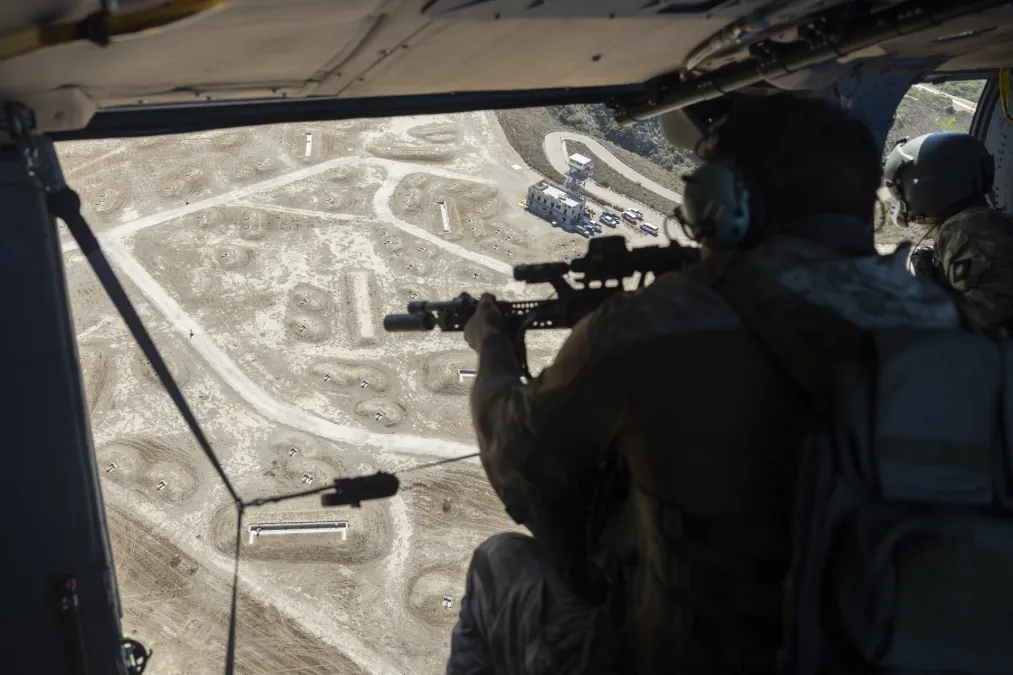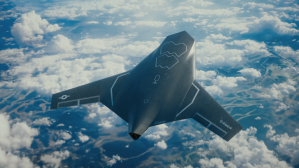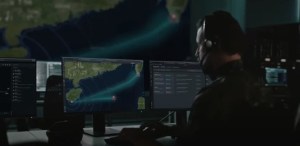Marines’ Force Design plan urges modernization to tackle ‘the changing character of war’

The latest iteration of the Marine Corps’ big-picture modernization plans sheds new light on leaders’ near-term vision to enable “kill webs” — notably more advanced and interconnected than legacy “kill chains” — via a networked system that fuses a wide variety of military intelligence and warfare capabilities used to identify and target threats across the world.
“We are equipping Marines with the tools to thrive in contested environments: precision fires, unmanned systems, advanced mobility, resilient command and control, and data-driven decision-making,” Marine Corps Commandant Gen. Eric Smith wrote in his introduction to the 2025 Force Design Update. “Yet technology alone will never define us. While the character of war evolves, its nature endures, and our ethos remains aligned to that truth. We do not man the equipment, we equip the Marine.”
Released Thursday, the 24-page plan is meant to provide, as Smith put it, “a candid account of where we are at with Force Design and where we are going in the future.”
Roots of this initiative trace back to 2020. Broadly, Force Design marks the Corps’ effort to evolve for naval expeditionary warfare — and to better align itself with the Pentagon’s National Defense Strategy.
“We are modernizing at a time when the character of war is shifting rapidly. Adversaries are fielding advanced weapons and employing new methods designed to erode our warfighting advantages. Drones, long-range precision fires, cyber effects, and electronic warfare are now daily features of conflict,” officials wrote in the update. “Force Design is how we ensure our Corps stays ahead of this change and is driven by a continuous Campaign of Learning tested in wargames, refined in exercises, and proven in real-world operations.”
Key work that will continue to gain momentum in the months ahead, according to the plan, involves modernizing the force through a range of ongoing and upcoming projects. Some of those include a first-in-a-generation refresh of the Marine Air Command and Control System, establishing a Marine Corps Attack Drone Team at Quantico, boosting systems with AI and machine learning, developing and testing collaborative combat aircraft, and, among many others, supporting Project Dynamis — the service-level Combined Joint All-Domain Command and Control (CJADC2) accelerator, executed with the Navy’s Project Overmatch.
“To win modern battles, Marines must maneuver as effectively in cyberspace and the electromagnetic spectrum as they do on land, sea, and air,” officials wrote. “Our Marine Information Groups and Marine Forces Cyber are building the capabilities to defend warfighting systems, preserve freedom of action, and when authorized, conduct offensive operations to deny the enemy the same.”
The new plan also details the Corps’ aims to transform how it moves Marines and assets to account for contemporary military concerns associated with contested logistics.
Officials expect to launch new prepositioning programs in the Philippines, Australia, and Palau — alongside existing ones in Norway and afloat — to expand regional responsiveness and enhance alliances. They will also transition the Autonomous Low-Profile Vessel capability to a program of record in support of long-range logistics distribution.
“The changing character of war demands new tools and we have begun fielding capabilities that ensure Marines remain lethal, resilient, and adaptable in contested environments,” officials wrote.






